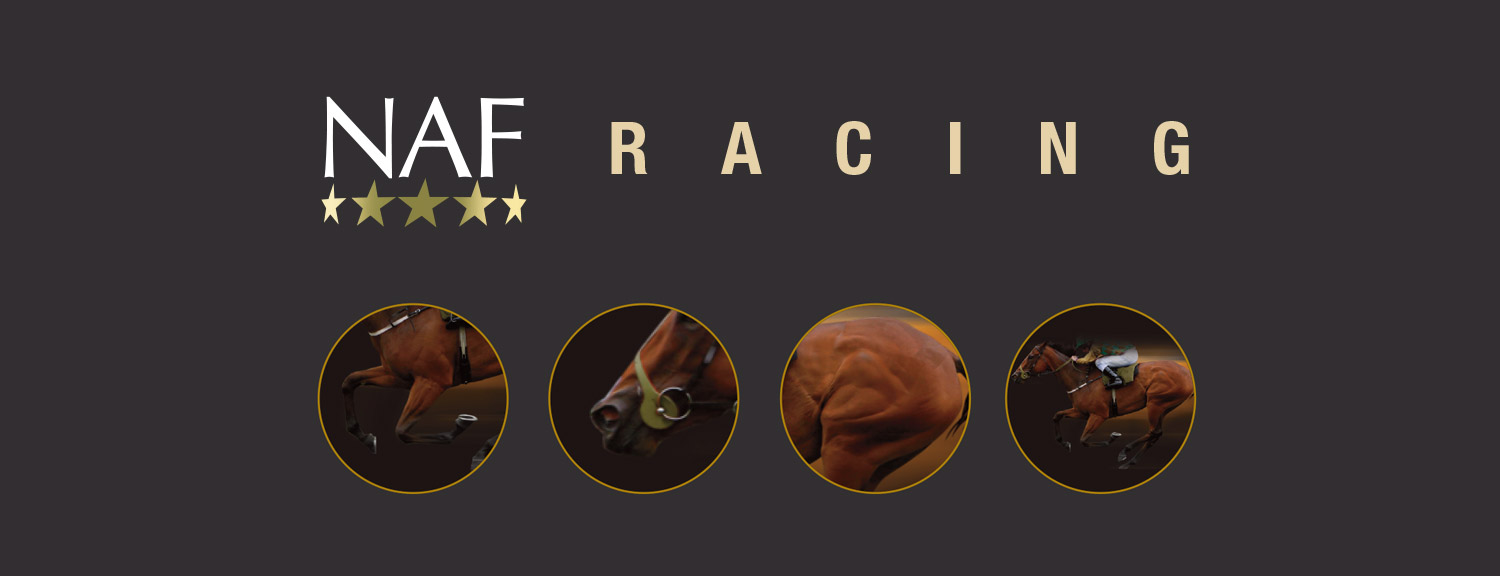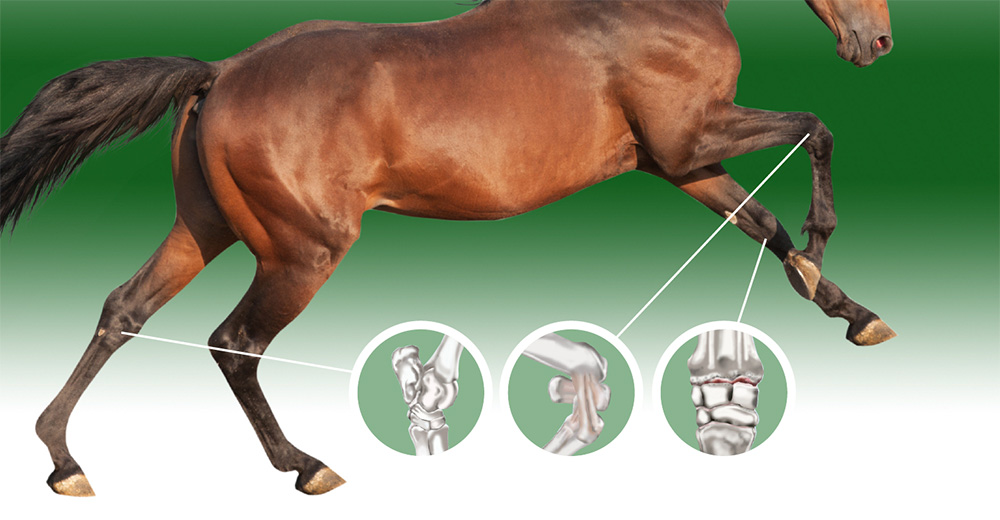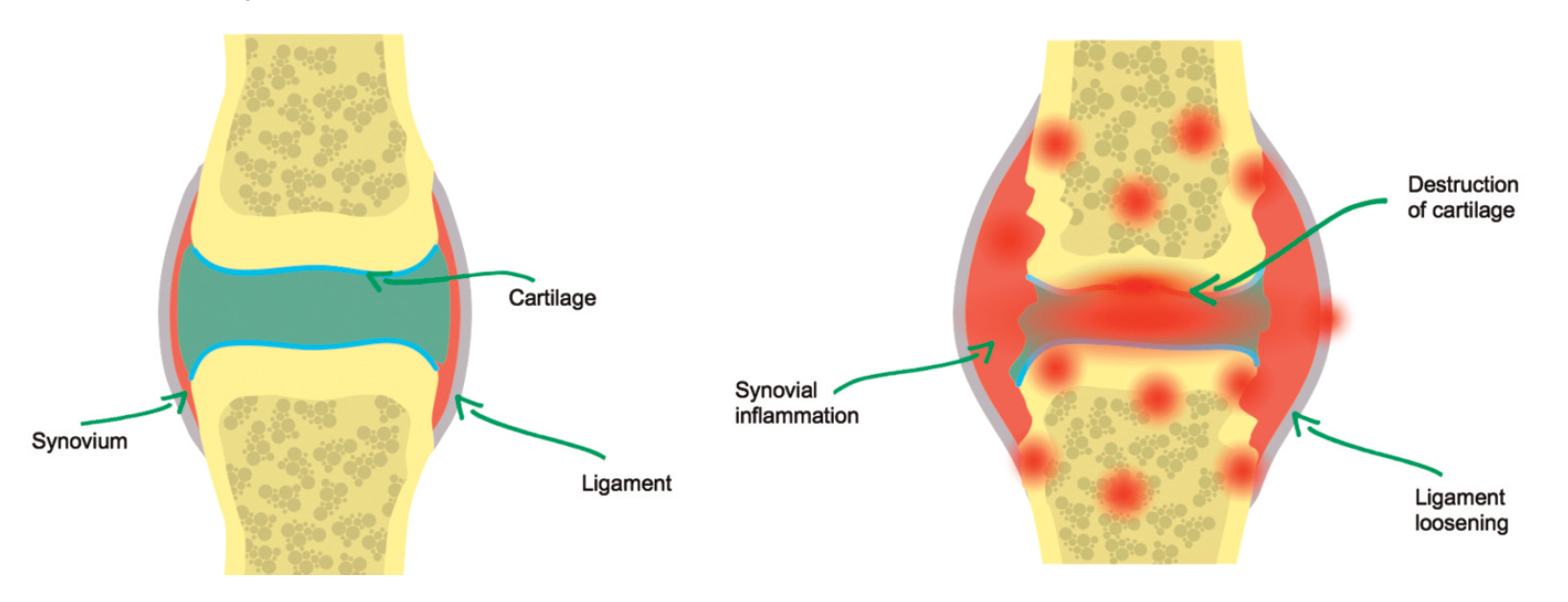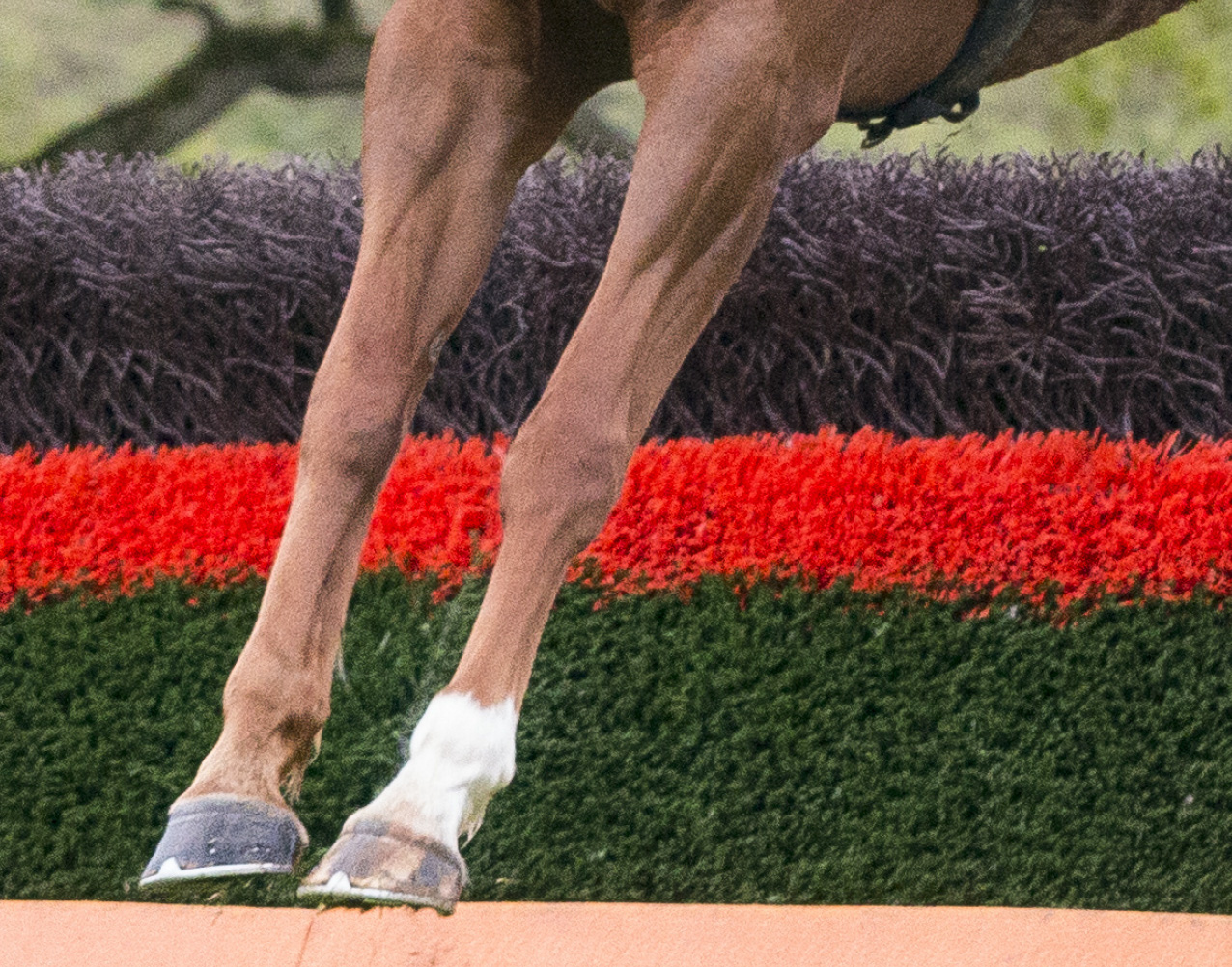



The importance of maintaining soundness in all racehorses is well understood by successful trainers.
Lameness is the number one reason for lost days off work for horses, and results in a break in training, a drop in fitness and potential disruption to the horse’s racing schedule. Nothing can be more frustrating than designing a training regime to prepare a horse for a particular key race, only to have to withdraw due to soundness issues.
In recent years it has become increasingly popular to nutritionally support joint health in elite equines with targeted nutritional support. But does this mean we’re doing too little too late? Specific to racehorses, it’s advised to start them on joint support at an early age. Research shows that training and racing two year olds is not necessarily a risk to lifelong soundness, so long as it is done with care to the needs of their maturing skeletal strength.
Failure to protect the joints may result in injury, and data shows that having been injured increases the risk of a racehorse experiencing further injury and early retirement in the future. Published research shows that lost training days in two year olds is significantly higher than three year olds. So prevention is key, and it makes sense that targeted nutritional joint support should be fed throughout the career of racehorses to maintain soundess and minimise lost days.
Concussive forces of typically four to five tonnes will pass through the lower limb with every canter/gallop stride.
The most common cause of injuries in racehorses is not due to a bad step or collision, but is termed ‘fatigue failure’, where long term micro-damage from high loading of the joint results in spontaneous failure.
Glucosamine
One of the best known ingredients for joints, glucosamine is an important building block of cartilage, making it an important joint supplement from growth right through a horse’s career. Glucosamine is a precursor of the building blocks of joints known as Glycosaminoglycans (GAGs), which in turn are assimilated into joint tissue such as the protective cartilage layer and lubcricating synovial fluid. As a precursor of GAGs glucosamine is a Low Molecular (LM) joint support nutrient, ensuring it’s relative ease of absorption. Glucosamine is commonly supplemented in three different forms, glucosamine sulphate, glucosamine hydrochloride (HCl) and n-acetyl glucosamine.
Scientific opinion generally agrees that only the sulphate form is consistently effective for joint health. This may be, at least partly, due to bioavailability, and certainly evidence in horses shows the sulphate form to be more bioavailable when fed than the hydrochloride. Due to the high intensity of work that the Thoroughbred’s joints are exposed to, we would advise feeding a minimum of 7.5g of Glucosamine sulphate daily, increasing to 15g for peak performance.
MSM
MSM is an organic compound rich in sulphur, an important element in joint integrity. Trials on MSM in both people and animals have shown reduced pain and inflammation when taken for joint health. MSM is found naturally, in low levels, in plants but is quickly lost when processing or storing feed. Therefore particularly for stabled racehorses, where access to fresh forage is often limited, horses’ diets benefit from the addition of MSM. The relevance of MSM to racehorses surpasses joint integrity alone, as a form of bioavailable sulphur it is also essential to supporting healthy soft tissue, such as tendons and ligaments.
Chondroitin sulphate and Hyaluronic acid
Chondroitin sulphate and H.A. are both GAGs, those building blocks discussed earlier. They are relatively large, High Molecular (HM) compounds, which brings some concerns for racehorses. As the ultimate equine athlete, racehorses work to the extremes of their athletic ability, and it’s when working at these maximums that high levels of HM compounds in the diet have been seen to be an issue.
Historically, supplements which provide significant levels of chondroitin (i.e. approx 10g) have been associated with respiratory stress in racehorses, which isn’t seen with the LM glucosamine. Therefore it’s thought that their precursor, glucosamine, is the more important ingredient for horses. However there is evidence that Chondroitin and H.A. have a role in equine joint health, particularly when fed in combination with other joint nutrients, and so their inclusion is recommended at low inclusion.
Bone Support
As we’ve already discussed, soundness in racehorses is not just about joints. Soundness has to consider the whole limb which includes bone strength. While including MSM for joint health also positively influences soft tissues such as tendons and ligaments, what should we be looking out for to ensure strength and integrity of bone? Calcium is essential to bone health, particularly in younger horses. It’s important that we maintain the crucial calcium to phosphorous ratio, which can be negatively slanted by a high grain performance diet. Additional zinc and copper are also both positively associated with bone strength and joint integrity in maturing racehorses.
Conclusion
We can see by considering the specific requirements of racehorses, from the lifestage to work life balance, to the intensity of work required, maintaining soundness in joint, bone and limb is a careful balancing act, but one which can be positively supported by good quality nutritional support.
Selected References
Leatherwood JL et al (2016) Influence of oral glucosamine supplementation in young horses challenged with intra-articular lipopolysaccharide.
Journal of Animal Science. Aug;94(8):3294-3302. Marañón G, et al. (2008) The effect of methyl sulphonyl methane supplementation on biomarkers of oxidative stress in sport horses following jumping exercise. Acta Veterinaria Scandinavica Nov 7;50:45. doi: 10.1186/1751-0147-50-45.
Meulyzer M (2008) Comparison of pharmacokinetics of glucosamine and synovial fluid levels following administration of glucosamine sulphate or glucosamine hydrochloride. Osteoarthritis Cartilage. Sep;16(9):973-9.
Dechant JE, et al. (2005) Effects of glucosamine hydrochloride and chondroitin sulphate, alone and in combination, on normal and interleukin-1 conditioned equine articular cartilage explant metabolism. Equine Veterinary Journal May; 37(3) :227-31

The Facts
With 205 bones in the horse’s skeleton and 80 in the horse’s limbs alone – a joint is the junction between two bones. Therefore, it is clear that joint support is of paramount importance to the overall health and vitality of each horse.
Wear and tear in joints occurs daily no matter what discipline each of us compete in, simply hacking on a road will induce an element of wear and tear. This wear and tear occurs when friction and cushioning are put at risk.
The joint which is surrounded by a capsule and the walls consisting of connective tissue contain a thin layer of tissue called the synovial membrane. This secretes synovial fluid that fills the joint capsule and lubricates the joint while nourishing the articular cartilage and maintaining the health of the joint itself.
Your horse's body has to keep up with these demands while continually repairing and rebuilding successfully, it is our job as owners to ensure he has the raw materials on hand to do it.

It is what is on the inside that counts
The horse naturally produces joint fluid and joint cartilage from a healthy balanced diet. However, very few domesticated horses now have a balanced diet and considering the typical lifestyle of a racehorse, it is advised to supplement and feed the joint the right nutrients. This will help to ensure the horse has the right ingredients to produce effective joint fluid and cartilage.
Amino sugars and complex carbohydrates work to maintain these elements of a working joint, while dietary sulphur targets soft tissues providing support and strength around the joint

How can I help using nutrition?
Better together
NAF © 2024 | NAF is a trading name of Greencoat Limited, registered in England & Wales. Greencoat Ltd - Registered address: Weston Centre, 10 Grosvenor Street, London, W1K 4QY. Registered Number: 1560 108. Registered in England & Wales.Number: 1560108 VAT Registration Number: 378 9295 80